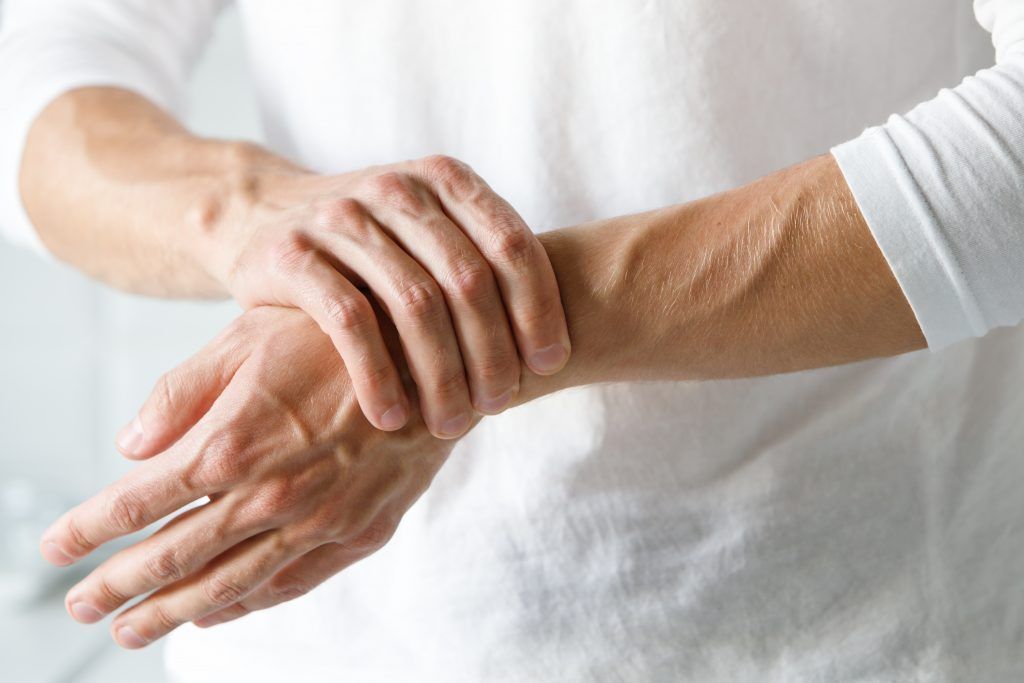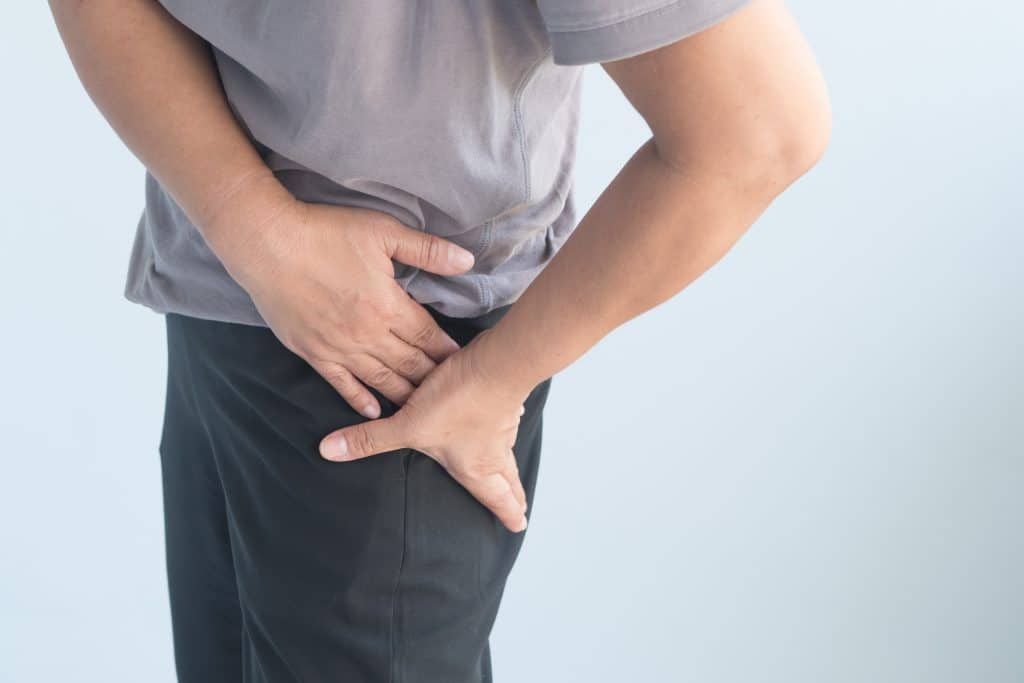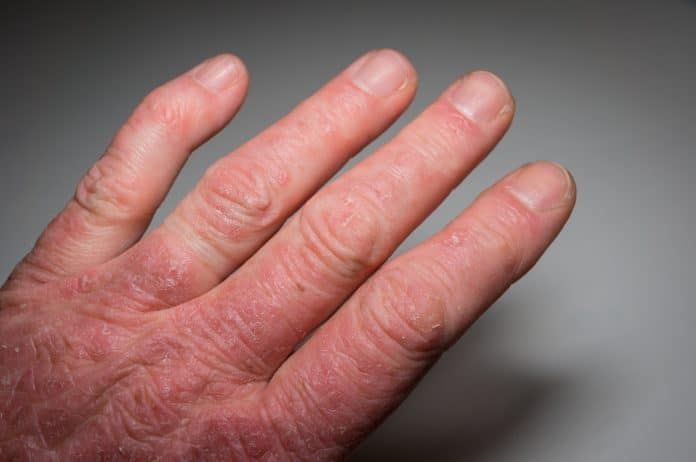Joint or rheumatism psoriasis: that’What is it’is ?
When we think of psoriasis, we often have in mind the most common form, that is to say the vulgar psoriasis, which reveals red and scaly plates on the skin. Yet the joint psoriasis, or psoriatic rheumatism, affects 20% of patients with psoriasis: 1 in 5 people who have psoriasis has psoriac rheumatism. Among people who suffer from joint psoriasis, 20% have no other form of associated psoriasis, which can make the diagnosis complex.
However, joint psoriasis is the most serious form of this disease because it can cause irreversible lesions. It is therefore important to know what psoriatic rheumatism is, how to recognize it and how to treat it !
That’Does psoriasic rheumatism ?
A little return to common psoriasis is essential: psoriasis is a skin, autoimmune, inflammatory and chronic disease (yes, all that !) which appears in the form of thrusts. Psoriasis is not contagious and is most often expressed by lesions on the skin: any place of the body can be touched. The skin immune system is deregulated in people with psoriasis: epidermis cells are renewed too quickly, they accumulate on the surface of the epidermis, which creates red plates on the surface of the skin , often covered with squames – whitish crusts that will fall.
the psoriatic rheumatism, which is synonymous with joint psoriasis, is a very particular form of pathology. We find common characteristics: it is a rheumatism which is inflammatory, chronic and which appears by push. It is part of the spondylarthritis.
But joint psoriasis, as its name suggests, touches the joints: it does not cause lesions on the skin, because the attacks are extra-cutaneous. Psoriatic rheumatism, it is in fact an accumulation of synovial fluid in the joints – a naturally present liquid which lubricates the cartilage. There are three types of joint psoriasis, depending on the affected areas:
The peripheral, most frequent – knee, hips, toe, shoulder -shaped.
The axial form-spine, chest articulations, sacroiliac joints.
The form that reaches the entheses – heels and elbows, at the level of the tendons.

How to recognize psoriatic rheumatism ?
Recognize a psoriatic rheumatism is not necessarily obvious, especially when it takes the peripheral articular form (close to axial spondylitis) or that it manifests itself without another form of psoriasis with visible plates. Know that the accumulation of synovial fluid in the joints, cause of joint psoriasis, will cause swelling, stiffness – in particular morning stiffness – and pain in the joints. It can also wake you up at night.
It becomes more difficult to move, to grasp objects, to move, ultimately to perform all the acts of daily life.
Psoriatic rheumatism is underdiagnosed, because affected patients do not necessarily mention it with their general practitioner or their dermatologist. However, an untreated psoriatism rheumatism can lead to irreversible destruction of the joints. If you have psoriasis, always report your joint pain to your dermato, the fact that you feel “rusty in the morning”. Likewise, if you have a pain in the joints and you feel unusually tired, talk to a doctor, who will direct you to a rheumatologist capable of making this diagnosis.
The more you wait, the more the consequences will be harmful: you need early care.

How to treat joint psoriasis ?
Like all forms of psoriasis disease, the joint psoriasis does not yet be cured: medicine does not know how to heal psoriasis definitively. But treatments exist to limit thrusts and their impact: drug treatment will go hand in hand with Natural treatment of psoriasis .
If you suffer from light to moderate articular psoriasis, a dermatologist or a rheumatologist may prescribe analgesics or anti-inflammatory drugs that will relieve pain and reduce the intensity of the thrust. If your psoriasis is severe and also affects the skin, leflunomide or methotrexate can be prescribed. Salazopyrine will have no effect on skin lesions.
If these conventional treatments fail, biotherapy or abatceptor can be prescribed, as are local treatments (infiltration for example). Remember that all these treatments will be chosen by a doctor.
On your side, there are gestures to adopt for Limit your joint psoriasis : Remember to avoid certain foods with psoriasis, to follow the dosage, to reduce your stress by meditation or to quit smoking !
